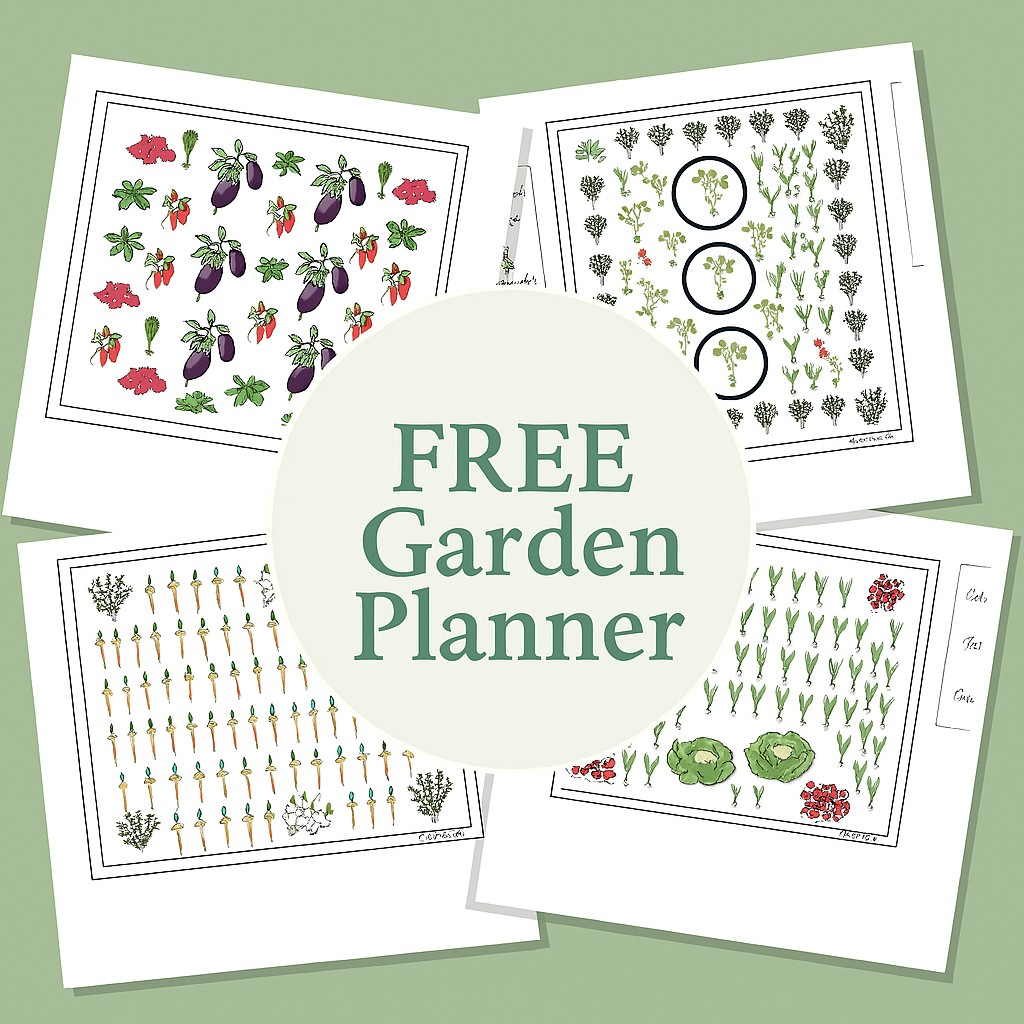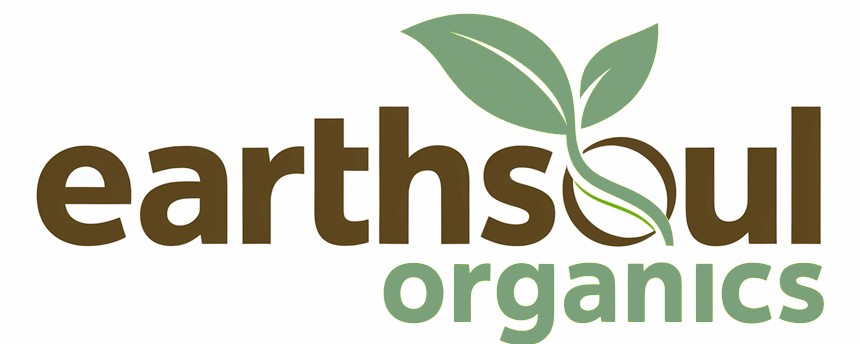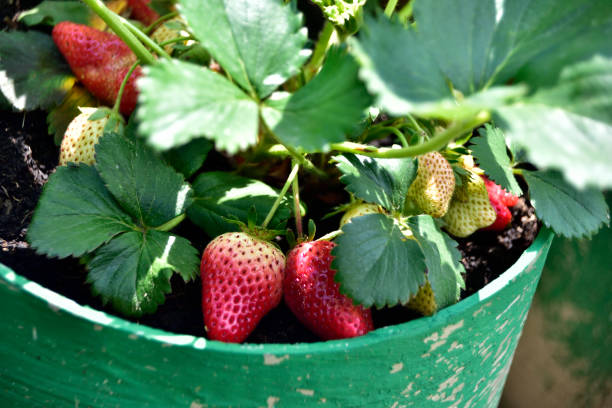How I Use Coffee Grounds to Feed My Tomato Plants (Yes, It Actually Works)
There’s something pretty satisfying about using stuff you’d normally throw out to grow food. Like coffee grounds.
You start your day with a hot cuppa, and the leftovers end up helping your tomato plants thrive. Who knew?
I’ve been using coffee grounds in my garden for years now—especially around the tomatoes. They love the stuff. Good for the soil, good for the budget, and honestly, kind of fun to do.
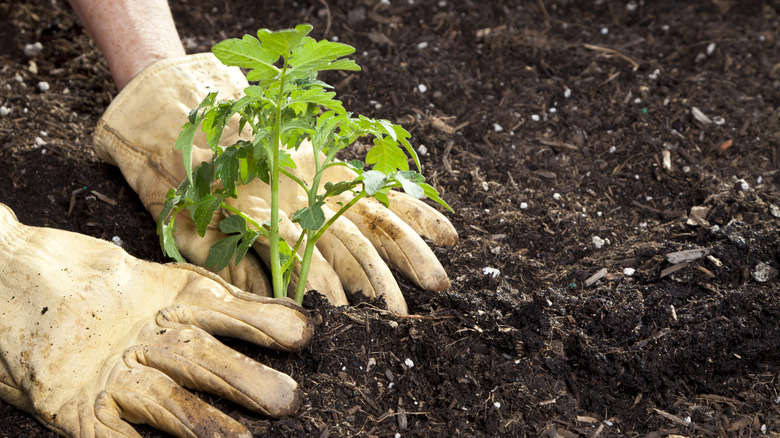
Why Tomatoes and Coffee Grounds Just Work Together
Tomatoes are a little picky when it comes to soil—they like it just slightly acidic (pH 6.0 to 6.5), loose, rich, and full of organic matter. Coffee grounds happen to tick a lot of those boxes.
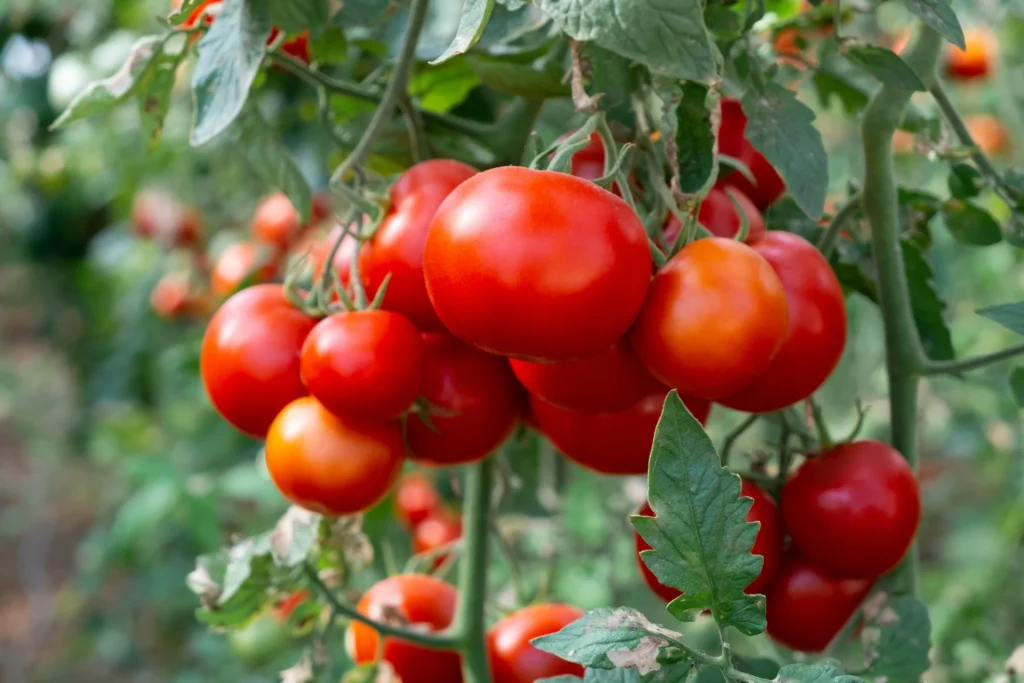
Even after brewing, the grounds are loaded with nitrogen and a few other trace minerals that plants go nuts for.
Nutrients in Used Coffee Grounds
🍅 Tomato Nutrient Functions vs Deficiencies
| Nutrient | What It Does | Deficiency Symptoms |
|---|---|---|
| Nitrogen | Helps with leafy growth and structure | Yellowing of lower leaves, stunted growth |
| Phosphorus | Supports root development and blooms | Dark, purplish foliage, poor fruit development |
| Potassium | Boosts fruiting and overall health | Leaf edges brown and curl, weak plants |
| Magnesium | Essential for photosynthesis | Yellowing between leaf veins, leaf drop |
| Calcium | Prevents blossom end rot | Blossom end rot, misshapen or cracked fruit |
| Iron | Important for chlorophyll production | Yellowing of young leaves, green veins remain |
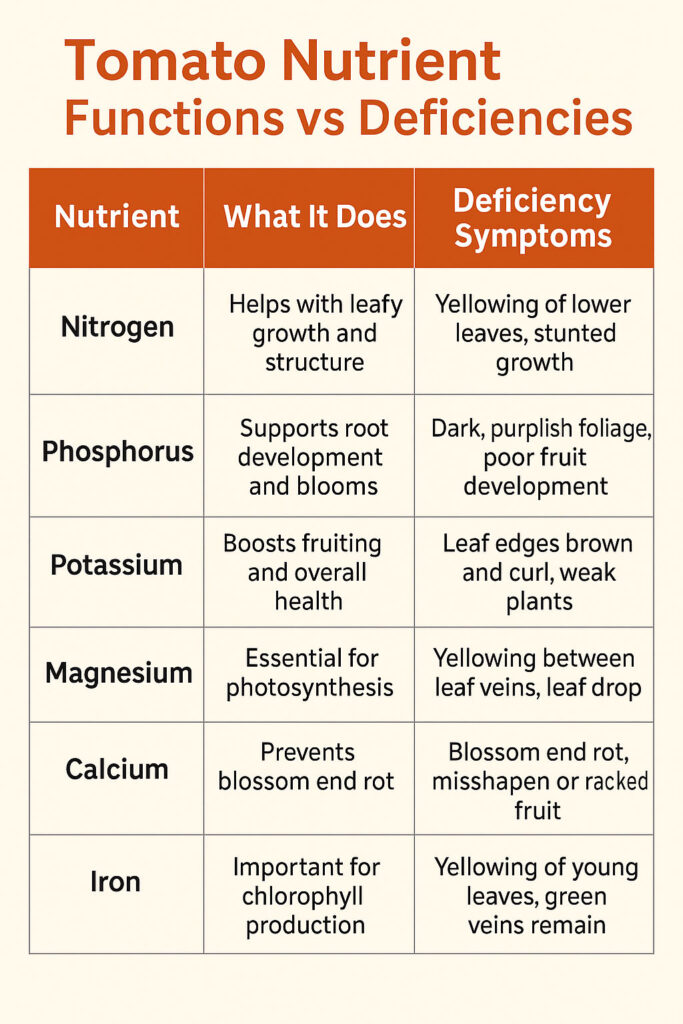
Just Sprinkle It On—Really, It’s That Easy
Most mornings, I just dump the used grounds straight from the filter and scatter them around the base of my tomato plants.
No drying, no fancy prep. Just coffee dirt straight to the soil. Water it in like normal and you’re good.
If the filters are compostable (a lot are), I toss those into the compost pile. Otherwise, just the grounds.
Want to Go Liquid? Here’s the Coffee Tea Method
You can make a quick liquid fertilizer if you’ve got a bit more time. This one’s great as a root soak or a foliar spray.
Coffee Ground Liquid Fertilizer
| Ingredient | Amount |
|---|---|
| Used Coffee Grounds | 2 cups |
| Warm Water | 5 gallons |
Let it sit overnight, strain, and you’ve got a mellow liquid feed that tomato plants absolutely love.
Just remember—don’t use leftover coffee from your mug. Anything with milk or sugar is a no-go.
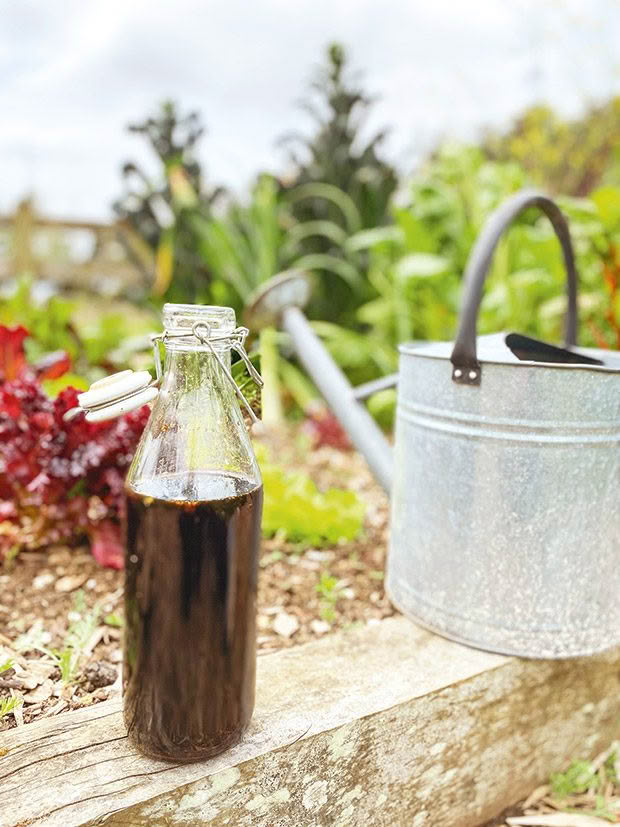
Mixing with Banana Peels = Tomato Superfood
Here’s a neat trick—dry out banana peels, grind them up, and mix with your coffee grounds.
Why? Because bananas are full of potassium and calcium, both of which your tomatoes love.
You can sprinkle that mix into the soil like any fertilizer or add it when transplanting.
Coffee + Banana Fertilizer Mix
| Ingredient | Amount (by volume) |
|---|---|
| Coffee Grounds | 1 part |
| Banana Peel Powder | 1 part |
You’ll end up with sturdier plants, better resistance to disease, and juicier fruit.
The Epsom Salt Trick (Seriously Works)
Another one I use is Epsom salt mixed with coffee grounds. Magnesium is huge for tomato plants—it helps them flower and take up nutrients.
And despite the name, Epsom salt isn’t real salt and won’t mess with your soil.
Coffee Ground + Epsom Salt Fertilizer
| Ingredient | Amount |
|---|---|
| Epsom Salt | 1 tablespoon |
| Coffee Grounds | 6 tablespoons |
| Water | 1 gallon |
Mix it all up and water it in like normal. You’ll start seeing more blossoms and a stronger plant in general.
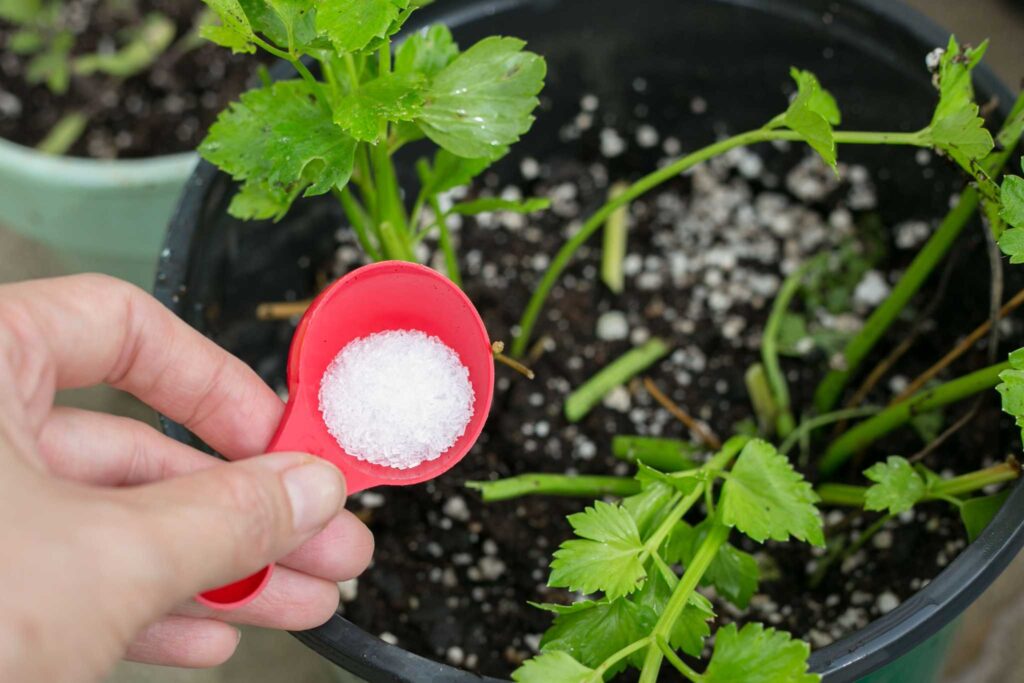
Toss Grounds into Your Compost Pile
If you’ve already got a compost bin going, coffee grounds make an awesome addition.
They count as “green” material—kind of like veggie scraps or grass clippings—so you’ll want to balance them with plenty of “brown” stuff like dead leaves or cardboard.
Composting Ratio
| Green Material | Brown Material |
|---|---|
| 1 part (coffee, veggies) | 2–3 parts (leaves, paper) |
Just don’t overdo it—keep coffee to about 20% max of your total compost content, or it can slow the whole process down.
A Little Mulch Magic
A thin layer of coffee grounds can actually help keep soil moist and discourage pests like slugs.
They don’t love the texture or the smell (which is wild, considering how good coffee smells to us). Just make sure it’s a light layer—too thick and it forms a crust that stops water and air.
Eggshells + Coffee Grounds = Extra Calcium
If you’ve had trouble with blossom end rot, try adding crushed eggshells into the mix.
I usually dry them out, give them a rough crush, and mix them with my coffee mulch. Adds a slow-release calcium hit over time.
Mulch Mix Recipe
| Material | Ratio |
|---|---|
| Coffee Grounds | 5 parts |
| Crushed Eggshells | 1 part |
Don’t go overboard, though. Too many eggshells can make your soil less acidic—just enough to boost calcium and improve soil texture.
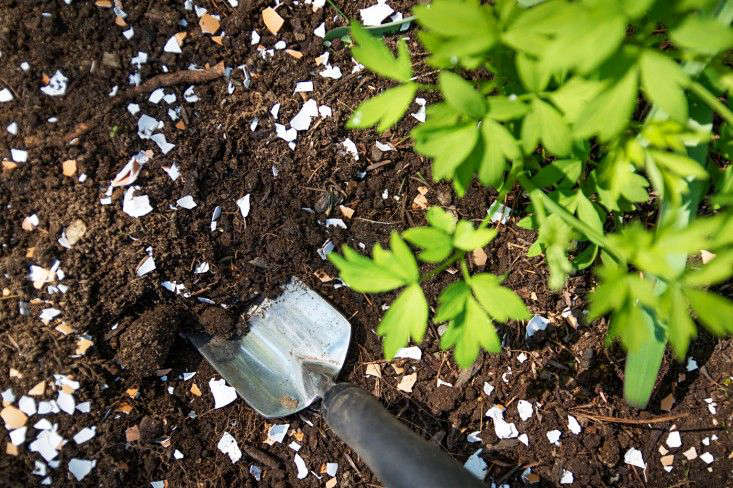
Final Thoughts
If you’re already making coffee every day, there’s zero reason not to reuse those grounds.
They’re free, they’re natural, and they help your tomato plants grow stronger, produce more fruit, and fight off diseases.
Even better—you get to reduce waste and skip expensive chemical fertilizers. Whether you’re using the grounds straight, making a mix, or tossing them into compost, it all adds up to better tomatoes.
